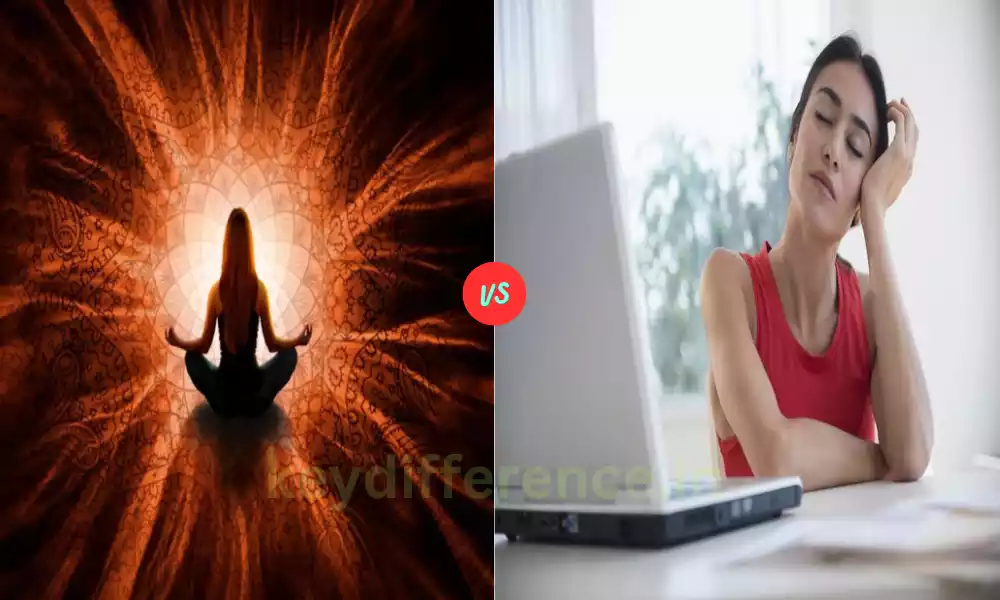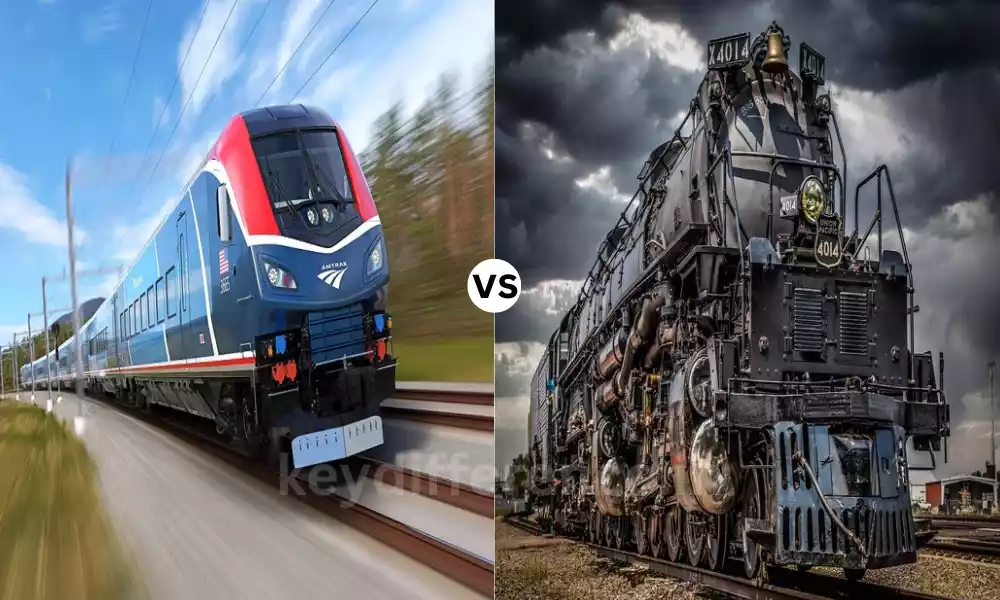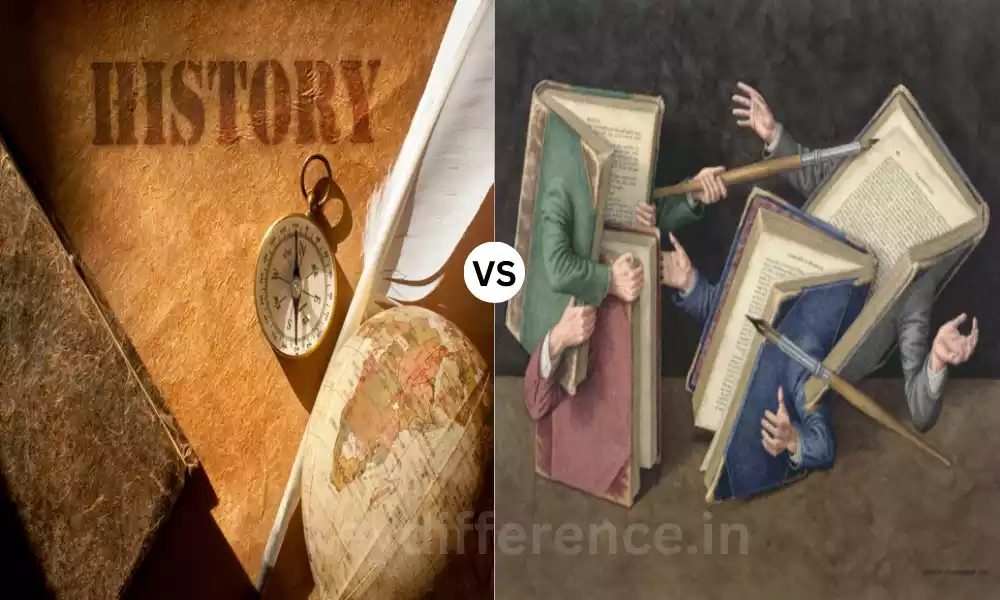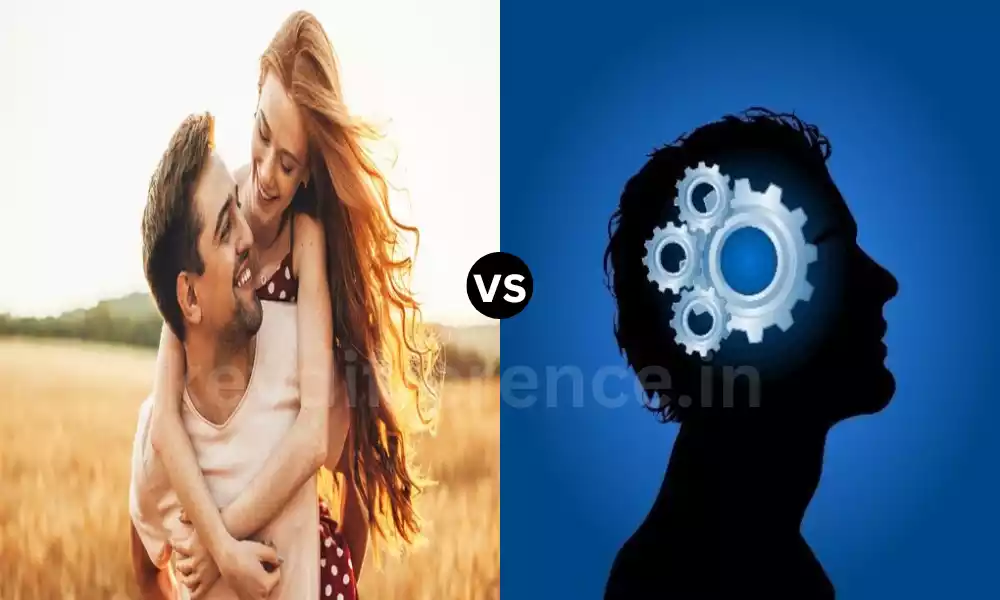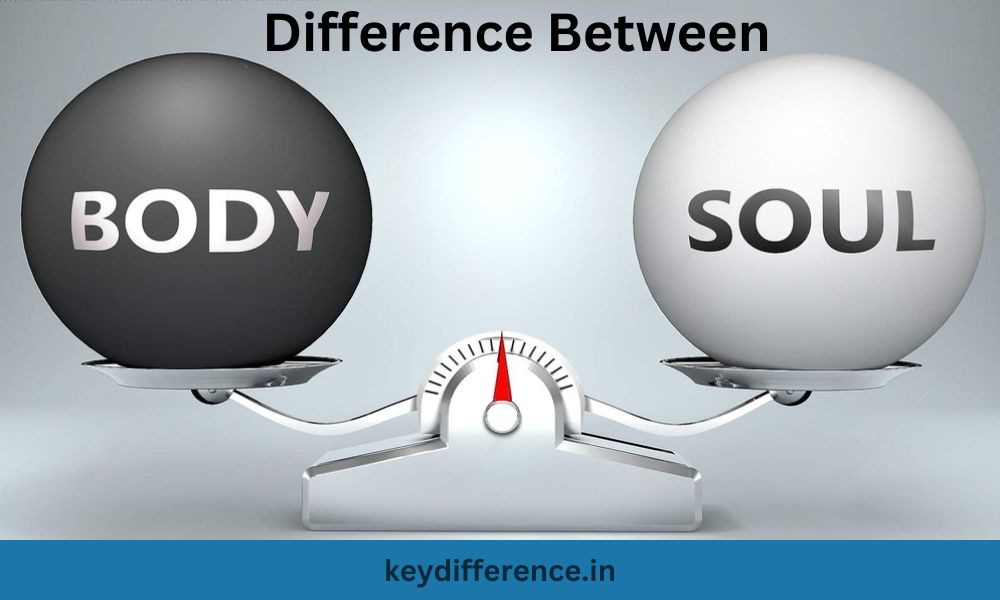Introduction
As our world becomes more complex and quickly changing, the ability to think both critically and creatively is increasingly prized.
Both creative thinking and critical thinking play crucial roles in problem-solving, decision making, and innovation – though they should be understood separately with different approaches from each one bringing something unique to the table.
Creative thinking encompasses brainstorming novel ideas, exploring possibilities and thinking out of the box. It fosters imagination and intuition while building connections between seemingly disparate concepts.
On the other hand, critical thinking involves evaluating information, challenging assumptions and applying logical reasoning in assessing validity of arguments or evidence presented against one.
Understanding the differences between creative thinking and critical thinking is vital for unlocking their full cognitive potential.
By investigating their respective characteristics, processes, and outcomes we can gain a more in-depth knowledge of both types of thinking as well as their roles and how they complement one another.
This content outline seeks to clearly differentiate creative thinking and critical thinking by outlining their unique features, approaches, and applications.
By understanding their differences as well as examining how they may work together in various situations, we can foster more holistic thinking skill sets while improving problem-solving capabilities in various contexts.
Definition of creative thinking
Creative thinking refers to the cognitive process of coming up with novel and original ideas or solutions by exploring various perspectives, making connections between seemingly disparate elements, and thinking beyond conventional boundaries.
Divergent thinking plays a central role in creative thinking by providing multiple possibilities and exploring various approaches; creative thinking often relies on imagination, intuition, and risk-taking; it involves divergent thinking as well.
Creative thinking relies on flexible mindsets openness to new experiences as well as transcendence from established norms and patterns in its pursuit.
Creativity plays an essential part in problem-solving, innovation as well as the creation of artistic, scientific, technological breakthroughs.
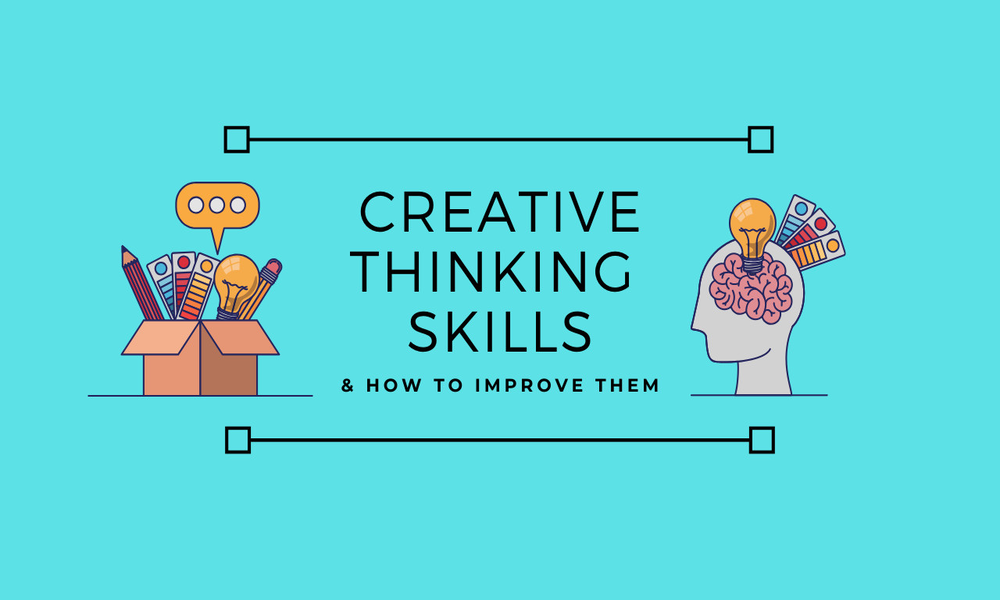
Definition of critical thinking
Critical thinking refers to the mental process of analyzing, evaluating, and interpreting information or situations logically and objectively.
Skillful reasoning involves being able to assess evidence objectively, identify logical fallacies, and apply reasoning skills in order to form rational judgements or conclusions.
Critical thinking involves critically analyzing assumptions, biases and arguments to ascertain the validity and reliability of information.
Critical thinking emphasizes evidence-based reasoning, logical consistency and being able to recognize and evaluate different perspectives or arguments in order to effectively solve problems, make informed decisions and form informed opinions across various domains – be they academic institutions, professional settings or daily life.
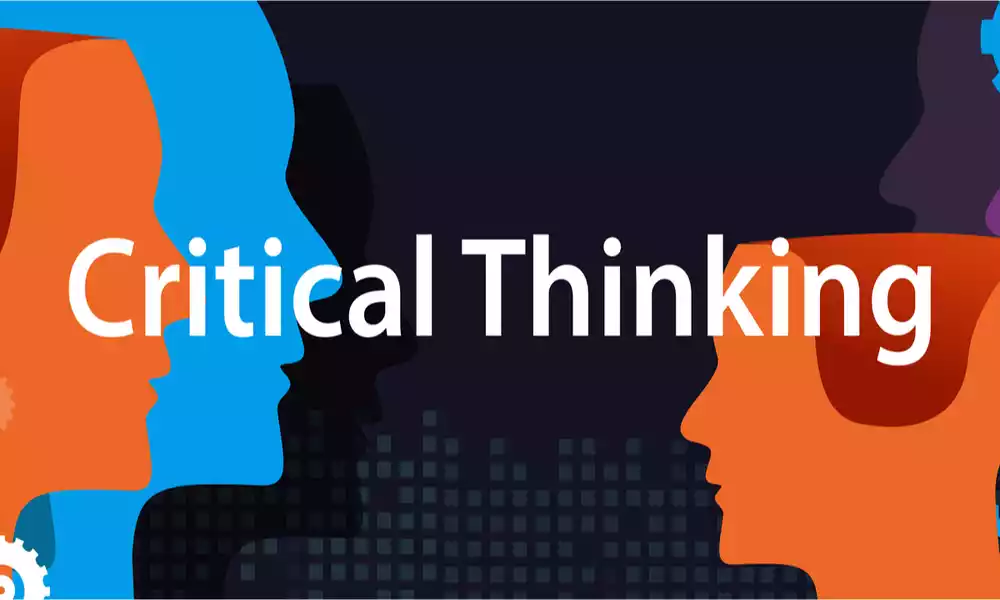
Comparison Table of Creative Thinking and Critical Thinking
Here’s a comparison table highlighting the key differences between creative thinking and critical thinking:
| Aspect | Creative Thinking | Critical Thinking |
|---|---|---|
| Focus and Purpose | Generating new ideas, possibilities, and solutions | Analyzing and evaluating information |
| Approach and Mindset | Exploration, intuition, and imagination | Analysis, logic, and objectivity |
| Process | Divergent thinking – generating multiple solutions | Convergent thinking – evaluating and selecting the best solution |
| Outcome | Innovative and original ideas | Informed decision-making and problem-solving |
| Methodology | Emphasizes brainstorming, free association, and risk-taking | Emphasizes analysis, evidence evaluation, and logical reasoning |
| Application | Useful in artistic, scientific, and technological endeavors | Useful in problem-solving, decision-making, and critical evaluation of information |
| Skills Developed | Fluency, flexibility, and originality in thinking | Analytical, logical, and evaluative skills |
| Examples | Generating new product ideas, artistic creations | Analyzing data, evaluating arguments, making informed judgments |
While creative thinking and critical thinking have distinct focuses and approaches, they are not mutually exclusive. In fact, they can complement and enhance each other.
By integrating creative thinking into critical thinking processes, new and innovative solutions can be explored, and by applying critical thinking to creative ideas, their feasibility and effectiveness can be evaluated.
Understanding the differences and connections between creative thinking and critical thinking provides individuals with a broader thinking toolkit, enabling them to approach problems and challenges from multiple angles and make more informed decisions.
Creative thinking focuses on generating new ideas and possibilities
Creative thinking primarily centers on developing novel ideas and possibilities. To do this effectively, creative thinkers often break away from conventional patterns of thought by opening themselves up to different perspectives and engaging in divergent thinking, which involves coming up with multiple ideas or solutions for any given situation.
Divergent thinking allows creative thinkers to expand the range of possible options available while considering unconventional or innovative approaches.
Creative thinking involves the willingness to explore unfamiliar territories, question assumptions and push the limits of what is considered possible.
This type of thinking encourages imagination, brainstorming and free association of ideas in order to generate fresh insights and unique solutions – the goal being originality, novelty and creativity in problem-solving decisions as well as art, literature, design or innovation projects.
Creative thinking unleashes new possibilities by sparking creative thought processes that produce fresh concepts.
Creative thinking paves the way for exploration and innovation, helping individuals to find unconventional solutions, uncover groundbreaking discoveries, and produce lasting impacts.
Critical thinking focuses on analyzing and evaluating information
Critical thinking involves the analysis and evaluation of information. This involves thoroughly scrutinizing evidence, arguments or situations to ascertain their validity, reliability and logical coherence before reaching informed judgments or decisions based on objective reasoning. Critical thinkers strive to use objective and rational analyses in making well-informed judgements or decisions.
Critical thinking requires individuals to engage in an active process of questioning assumptions, identifying biases, assessing arguments or evidence critically and attempting to comprehend its underlying reasoning – whether logical, supported by evidence, or susceptible to fallacies.
Critical thinking involves applying logic, evidence evaluation and systematic analysis in an organized fashion to make informed decisions, avoid misinformation or manipulation and gain a more nuanced understanding of complex issues.
Critically evaluating information allows individuals to make more informed decisions by recognizing patterns, drawing inferences and recognizing logical inconsistencies – this skill involves skills such as data analysis, pattern recognition and inferencing; critically analyzing it provides opportunities for more informed decisions that avoid misinform or manipulation and increases understanding more nuanced understanding of complex issues by critically analyzing it!
Critical thinking has many applications in academia, professional settings and everyday life. It allows individuals to evaluate the credibility of sources, identify flaws in arguments and navigate complex or ambiguous situations with an analytical mindset.
Complementary Relationship Between Creative and Critical Thinking
Creativity and critical thinking do not contradict each other; in fact, they form a complementary relationship that can enhance problem-solving and decision-making processes. Creative thinking generates new ideas while critical thinking provides an analytical framework to evaluate and refine those concepts. Here are some ways creative and critical thinking can work together:
Idea Generation and Evaluation: Creative thinking fosters an array of concepts, while critical thinking enables evaluation and selection of those most likely to bear fruit. Critical thinking allows objective evaluation, identification of any flaws or potential defects, consideration of practicality and feasibility and ultimately determines success or failure of projects.
Problem Identification and Analysis: Creative thinking allows us to quickly recognize problems or challenges by approaching them from different angles and considering multiple viewpoints, while critical thinking allows for an in-depth examination of its underlying causes and possible solutions.
Innovative Solutions and Refinement: Creative thinking fosters original and novel solutions, while critical analysis assesses them on viability, potential shortcomings and practical constraints to make sure they align.
Decision-Making: Creative thinking can provide a variety of options; critical thinking helps evaluate their advantages and disadvantages. Critical thinking allows a systematic consideration of evidence, logic reasoning, potential consequences and other forms of evidence resulting in more informed and effective decision-making processes.
Adaptation and Improvement: Creative thinking allows for flexibility and adaptation in response to changing circumstances or feedback, while critical thinking helps identify areas for improvement, recognize potential pitfalls, and refine ideas or strategies based on evidence or feedback.
Individuals can achieve more comprehensive and effective problem-solving, innovation, and decision making by integrating creative and critical thinking. This combination encourages exploration while still remaining analytical; ultimately producing more robust outcomes.
Importance of integrating both types of thinking
Integrating both creative and critical thinking skills is of critical importance for various reasons:
Holistic Problem-Solving: By integrating creative and critical thinking, individuals can approach problems from various angles. Creative thinking generates fresh concepts, while critical analysis provides tools to evaluate and refine these new ideas. By taking this holistic approach to problem-solving, individuals increase the odds of finding effective and well-rounded solutions.
Critical Thinking Improves Decision-Making: Critical thinking allows individuals to assess the feasibility, reliability and coherence of ideas generated through creative thinking, thus aiding individuals in making more informed and evidence-based decisions while considering both imaginative possibilities as well as real world realities.
Adaptability and Innovation: Creative thinking promotes flexibility, adaptability and thinking beyond established norms; critical thinking adds structure for evaluating creative ideas against viability and effectiveness criteria. Combining both types of thinking enables innovative forward-looking approaches while remaining grounded by rationality and evidence.
Overcoming Challenges: Meeting obstacles and complex problems requires both creative and critical thinking skills, with creative thought producing innovative perspectives and solutions while critical analysis evaluates each option’s merits and drawbacks. Combining both types of thinking allows individuals to tackle problems more effectively while developing comprehensive strategies.
Transdisciplinary Thinking: Many complex real-world problems and projects necessitate multidisciplinary or transdisciplinary approaches, where creative and critical thinking come together seamlessly to bring diverse fields, perspectives and methodologies together into a synthesis that fosters holistic understanding while also producing innovative and well-informed solutions. By merging creative and critical thinking approaches in such environments individuals are better able to draw from multiple fields, perspectives and methodologies in order to solve them successfully.
Lifelong Learning: Integrating creative and critical thinking fosters an attitude of curiosity, open-mindedness and continuous learning. Both forms of thinking involve actively engaging with information while questioning assumptions and exploring possibilities – these combined abilities equip individuals with valuable tools for lifelong education in an ever-evolving world.
By integrating creative and critical thinking, individuals can leverage both approaches for enhanced problem-solving, decision making, and creative endeavors.
Examples of how creative and critical thinking can work together
Absolutely! Below are a few examples of how creative and critical thinking work hand-in-hand:
Product Design: Creativity can lead to groundbreaking ideas for product designs, while critical analysis identifies any feasible, market demand or manufacturing challenges associated with each idea. By employing both aspects of thinking together, designers can produce products which fulfill both functional and creative criteria.
Scientific Research: Creative and critical thinking both play important roles in scientific inquiry. Creative thought can generate hypotheses and explore novel avenues of inquiry while critical thought ensures the research design is rigorous and data analysis valid. Integrating both types of thinking allows scientists to make groundbreaking discoveries while maintaining scientific integrity of their work.
Marketing Campaigns: Creative thinking provides imaginative and eye-catching marketing concepts, while critical analysis evaluates target audiences, market trends and potential effects of each concept. By combining creative with critical thinking, marketers can develop campaigns that not only catch attention but also resonate with target audiences to deliver desired outcomes.
Problem Solving in Business: Creative and critical thinking work together to generate many potential solutions to business issues, while creative thinkers generate numerous creative potential solutions while critical thinkers evaluate risks, costs and impacts of each solution.
By employing both types of thinking together, business professionals can come up with novel yet cost-effective strategies aligned with organizational goals.
Literary Analysis: Creative thinking allows for imaginative interpretations and exploration of themes and symbols within literature, while critical thinking assesses textual evidence, evaluates coherence of arguments, and considers author intent. When used together, literary scholars can produce sophisticated analyses of literary works that integrate creative and critical thought effectively.
Entrepreneurship: Creative thinking helps entrepreneurs identify new business opportunities and innovative business models, while critical analysis examines market potential, competitive landscape analysis and financial viability for each idea. By employing both forms of thinking to formulate successful ventures they can create sustainable and long-term ventures.
In these instances, the integration of creative and critical thinking leads to more robust and effective results. It allows innovative ideas to be evaluated, refined, and implemented logically and thoughtfully; ultimately resulting in solutions that are both innovative and pragmatic.
Conclusion
Creative and critical thinking are Complementary approaches to Problem-solving, decision-making and Innovation.
Creative thinking entails Brainstorming for new ideas while Exploring Possibilities; critical thinking uses objective evaluation of information to evaluate it logically and critically.
Integrating both types of thinking allows individuals to maximize both approaches and produce more comprehensive and effective results.
Creative thinking encourages innovation, broadens perspectives and fosters out-of-the-box thinking; critical thinking provides evidence-based analysis which verifies those ideas.
Integrating Creative and critical Thinking skills is crucial for both Personal and Professional growth, Adaptability, Informed decision-making, and the establishment of an environment of continuous learning and innovation.
Together these forms of thinking help individuals meet challenges with resilience, flexibility and balance that leads to improved problem-solving abilities, innovation and eventual success.
As part of your journey, embrace both creative thinking and critical thinking equally to unlock your full potential, broaden your horizons and lead you towards greater achievements in every area of life.
Recap of the key differences between creative thinking and critical thinking
Here’s an overview of the differences between creative thinking and critical thinking:
Creative Thinking:
Engaging in creative thinking involves brainstorming new ideas, possibilities and solutions; emphasizing exploration, intuition and imagination; employing divergent thinking techniques in order to generate multiple solutions simultaneously; leading to innovative and original concepts.
Critical Thinking is used across artistic, scientific, and technological endeavors and emphasizes analysis, logic, and objectivity to assess information critically. Critical Thinking develops skills such as fluency, flexibility and originality of thinking that lead to positive results in any endeavor.
Eventually this leads to Critical Thinking being applied by experts in an academic environment for analysis purposes – typically this means writing essays for examination in exams!
Utilizes convergent thinking to identify and select the optimal solutions, leading to informed decision-making and problem solving.
Also used for problem-solving, decision-making, and critical evaluation of information.
Develops analytical, logical and evaluative skills. Though creative thinking and critical thinking may have different approaches and purposes, both types are equally essential in terms of effective problem-solving and decision making.
By integrating both types of thinking, individuals are better able to approach challenges from various angles, generate innovative ideas while critically assessing them for successful outcomes.
Importance of developing both types of thinking skills
Strengthening both creative thinking and critical thinking abilities is of great significance, for several reasons:
Comprehensive Problem Solving: Cultivating both types of thinking allows individuals to approach problems from multiple angles. Creative thinking helps generate innovative solutions while critical thinking provides analytical tools for evaluating and refining those ideas.
Combined together, this holistic approach enhances problem-solving abilities while increasing chances of finding effective and comprehensive solutions.
Adaptability and Resilience: In an ever-evolving world, being adaptable and creative are two vital skills. Creative thinking promotes flexibility, adaptability, and thinking outside established norms; critical thinking equips individuals with skills for evaluating creative ideas critically.
By cultivating both types of thinking simultaneously, individuals can more successfully navigate complex or changing situations with resilience and creativity.
Innovation and Entrepreneurship: Innovation and entrepreneurialism require creative thinking skills for success. Individuals who cultivate these abilities are better able to generate new ideas, identify opportunities, and think outside the box when developing products, services or solutions with innovative features or capabilities.
Meanwhile, critical thinking helps evaluate market potential and risks associated with such ideas – all essential elements for innovation and entrepreneurialism success.
Critical Thinking Skills Are Essential to Informed Decision-Making: Critical thinking skills are integral in making informed and effective decisions. Cultivating them allows individuals to evaluate evidence, consider opposing viewpoints and evaluate logical coherence of arguments; creative thinking adds variety and imagination that enables informed decisions with both practical and innovative potential in mind.
Personal and Professional Growth: Fostering creative and critical thinking abilities is central to personal and professional growth. Creative thinking develops imagination, open-mindedness and the capacity for forward-thinking; while critical thinking expands analytical, logical and evaluative capabilities.
Both skills can be utilized across various domains as transferrable assets that aid problem-solving, innovative thinking and lifelong learning.
As previously discussed, developing both creative thinking and critical thinking abilities is fundamental for effective problem-solving, adaptability, innovation, informed decision-making and personal growth.
By honing both forms of thinking simultaneously, individuals can approach challenges with an adaptive and balanced mindset for greater success and satisfaction across various aspects of life.
Encouragement for readers to embrace and cultivate both thinking approaches
As readers, I urge all to embrace and develop both creative thinking and critical thinking approaches. Doing so can open up new possibilities, enhance problem-solving abilities, and lead to greater success across various areas of life.
Here’s why both approaches should be explored:
Expand Your Perspectives: Embracing both creative and critical thinking will enable you to look at problems and opportunities from different angles. Creative thinking offers fresh approaches and imaginative solutions; critical analysis provides objective evaluation. By adopting both approaches simultaneously, your perspective broadens considerably while you gain greater insight into complex issues.
Creativity Fuels Innovation and Growth: Creativity is essential to innovation, driving both personal and professional success. By challenging conventional thinking patterns and considering unique solutions for issues that arise.
Critical Thinking serves to validate those unique concepts by making sure they’re practical, viable and well-reasoned; cultivating both ways of thinking will allow you to foster innovation while propelling you toward continuous development and success.
Enhance Problem-Solving Capabilities: Integrating creative and critical thinking creates an invaluable problem-solving arsenal. Creative thinking helps generate ideas, while critical thinking evaluates and refines them using evidence and logic – this combination gives you a powerful set of tools for taking on challenges effectively and finding lasting solutions.
Navigating Change with Resilience: In an ever-evolving world, adaptability is of the utmost importance. Creative thinking teaches you the ability to accept change with open arms, adapt with the times, and seize new opportunities with flexibility and curiosity.
Critical thinking complements this by making sure decisions are grounded in evidence and sound reasoning; together these approaches help you navigate uncertainties with grace and welcome change with resilience.
Making Informed Decisions: Critical thinking helps you assess information objectively, evaluate arguments fairly and make well-informed decisions. Creative thinking opens up more options and possibilities.
By combining both approaches together, you become a more thoughtful decision-maker who considers both innovative ideas as well as practical concerns when making choices.
Never stop working towards improving both creative and critical thinking abilities; it is a journey worth embarking upon. So nurture your curiosity, practice brainstorming sessions, seek diverse viewpoints, sharpen analytical abilities, embrace discomfort when exploring new ideas or challenging assumptions, cultivating both forms of thinking can unlock full cognitive potential while positioning you for success in an ever-evolving world.
Harness the power of creative and critical thinking together and allow them to drive you toward greater creativity, innovation, and success.


